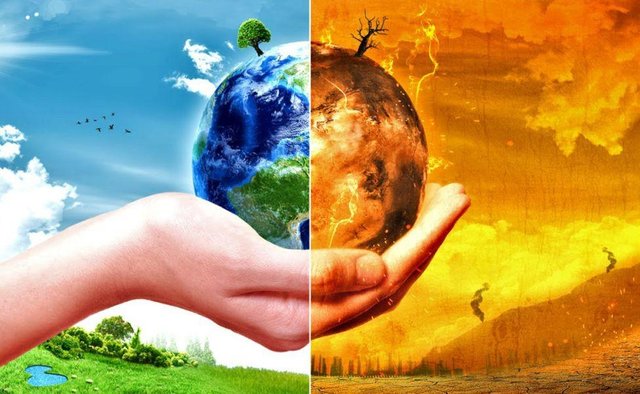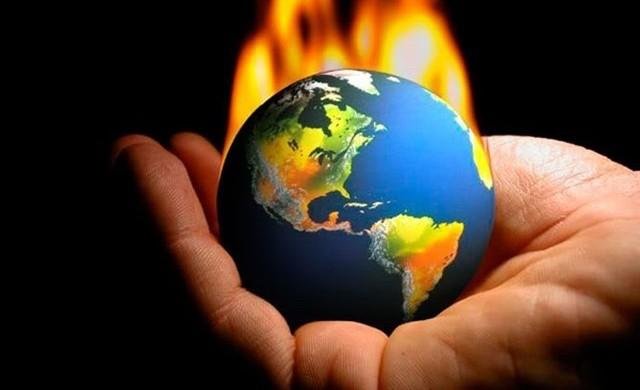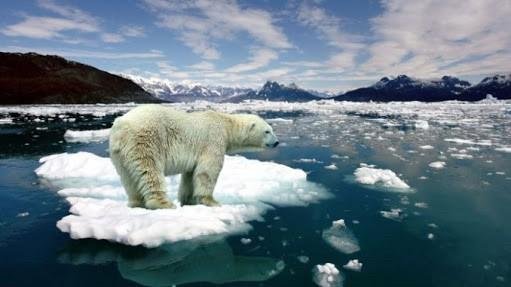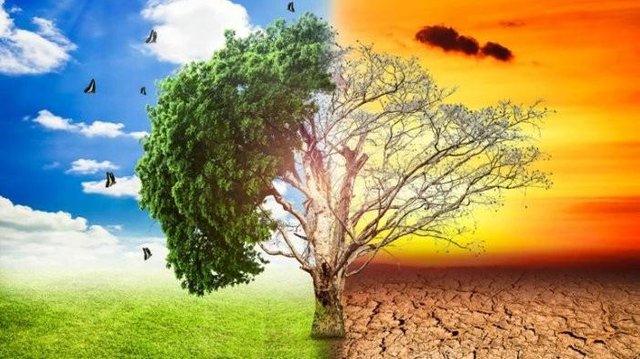The Impacts of Global Warming are Now Real

Planet Earth continues to heat up, from the north pole to the south. Since 1906, the average temperature of the planet's surface has continued to rise between 1.1 and 1.6 degrees Fahrenheit (0.6 to 0.9 degrees Celsius) -even more in the polar regions.

These temperature rise effects do not have to wait long to emerge, as signs of the effects of global warming start to show today. Heating melts glaciers and sea ice, changing rainfall patterns, and causing movement of animals. The earth has suffered from some of the effects of global warming. Here are the more obvious impacts of climate change

- Ice melts all over the world, especially in the Earth's poles. This melting includes mountain glaciers, ice sheets covering Western Antarctica and Greenland, as well as Arctic sea ice.
- Many species have been affected by rising temperatures. For example, a researcher named Bill Fraser, has tracked down Adelie's penguin population in Antarctica, whose number has shrunk from 32,000 pairs to 11,000 in 30 years.
- Some species of butterflies, foxes and alpine plants have moved further north or to higher and cold regions.
- Some invasive species are growing rapidly. For example, the population of pine bark beetles exploded in Alaska thanks to 20 years of warm summer. This insect has chewed over 4 million hectares of pine trees.
